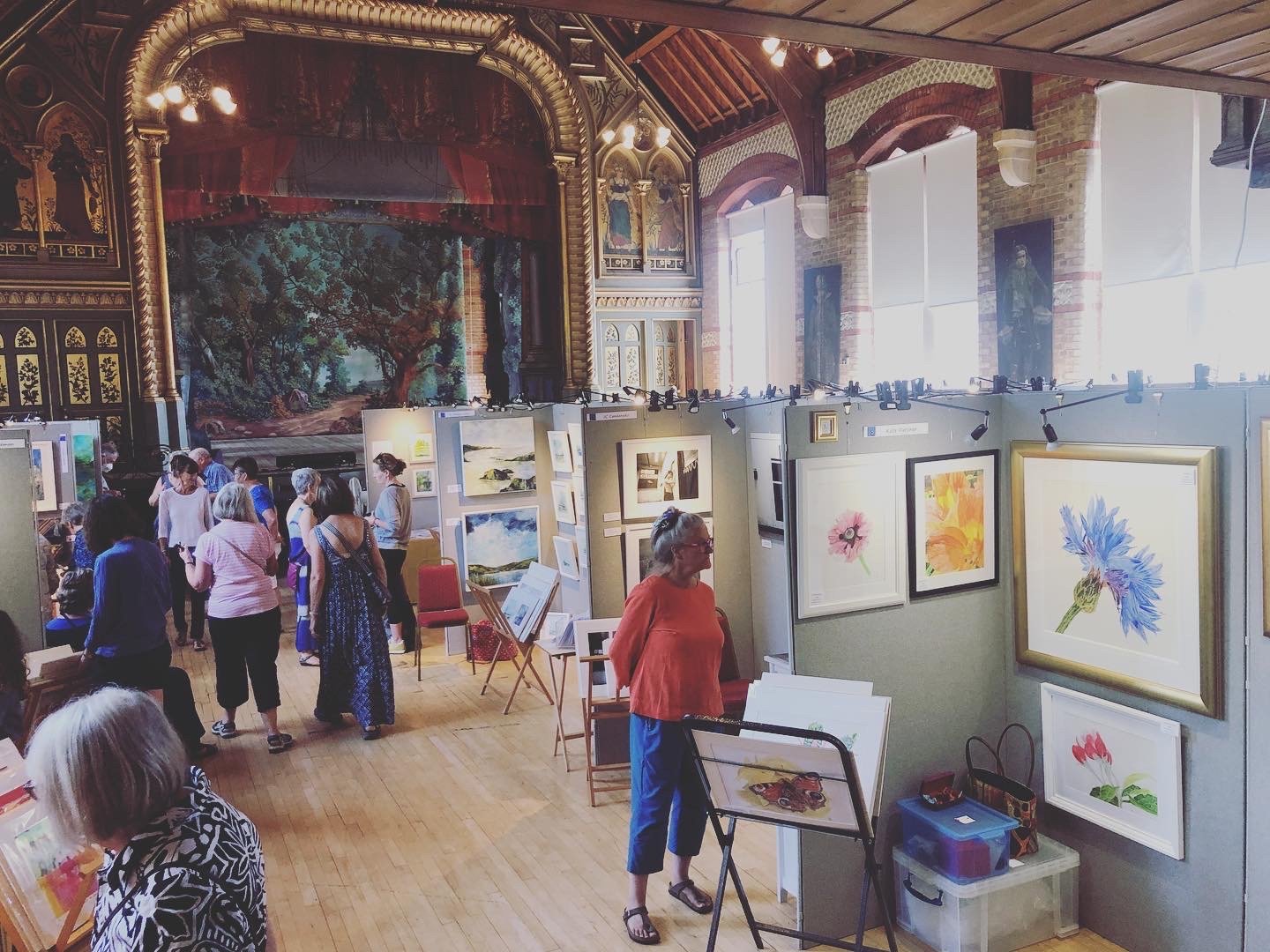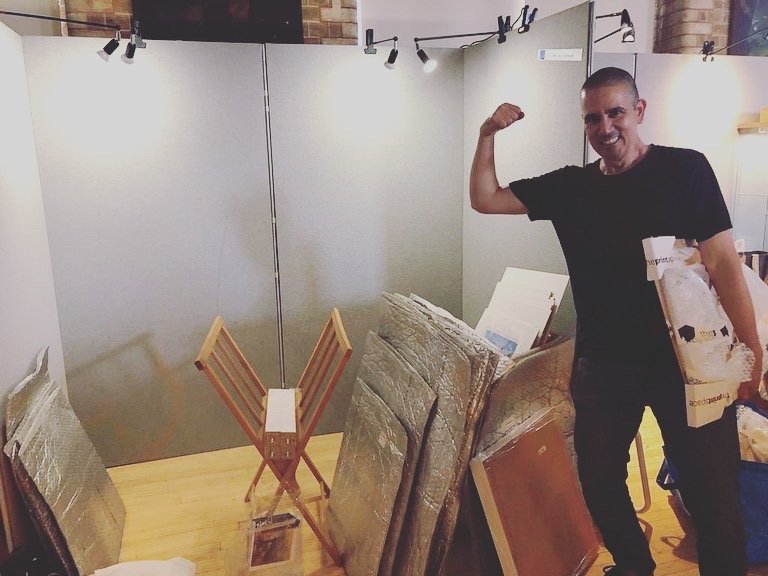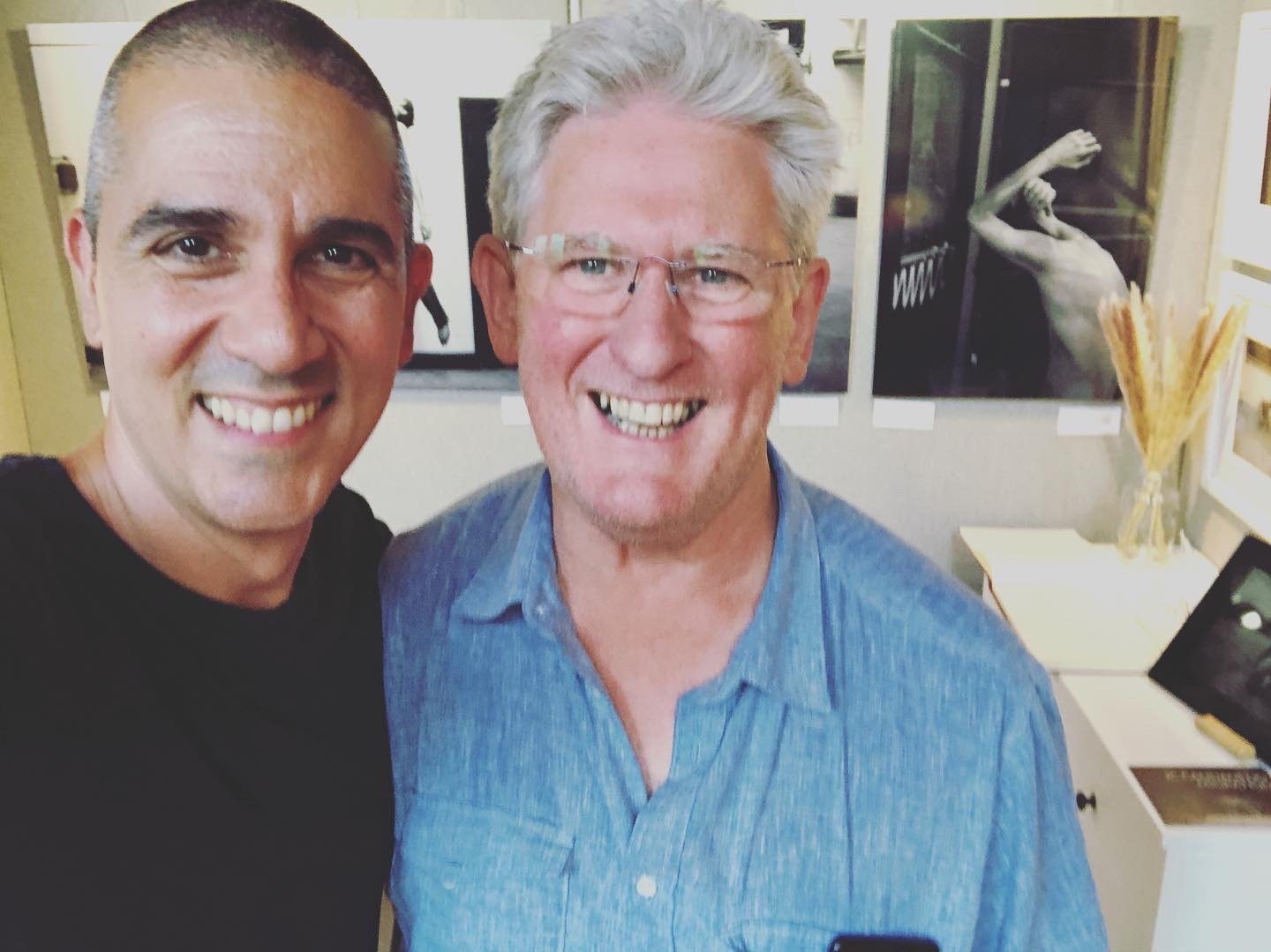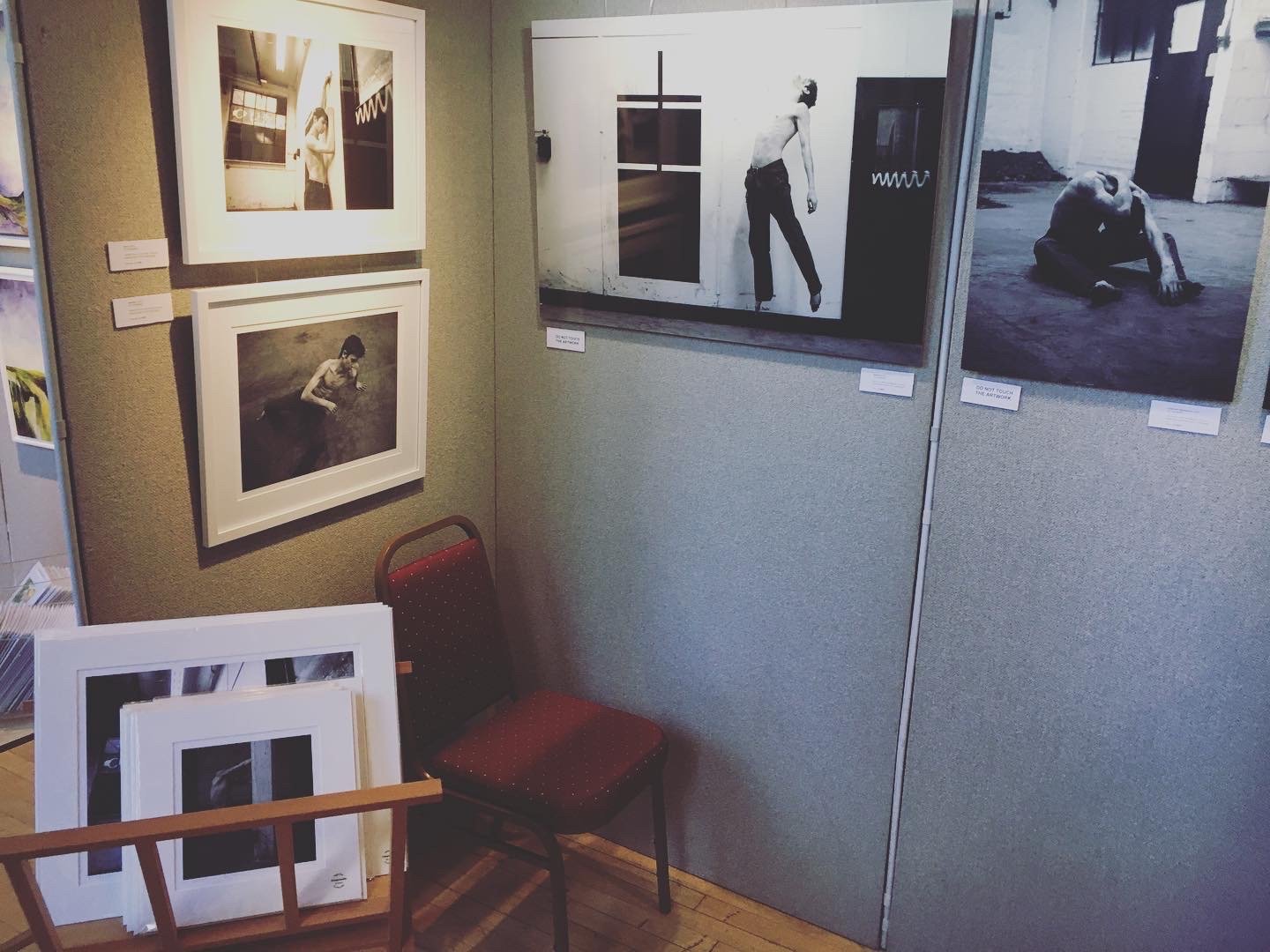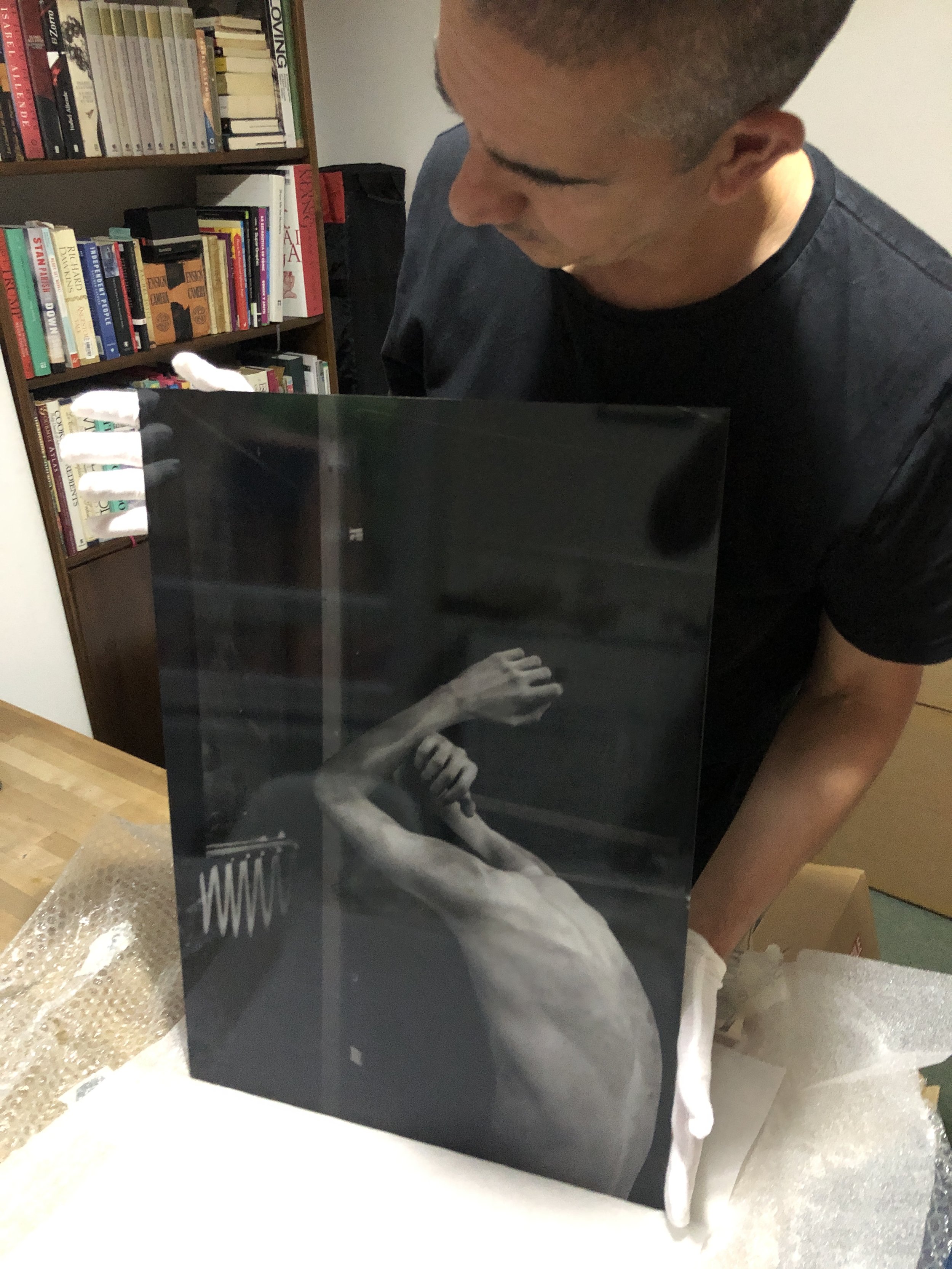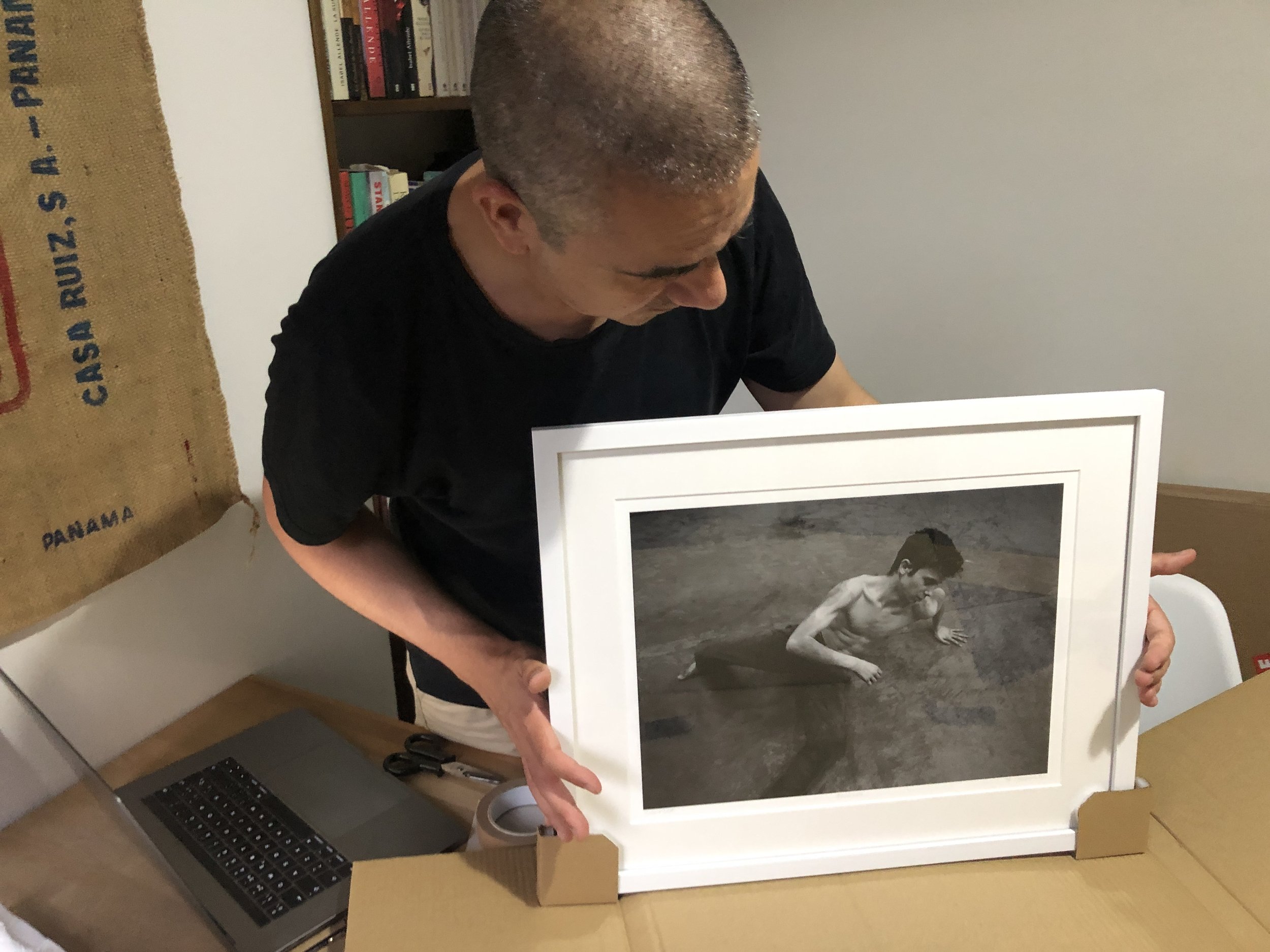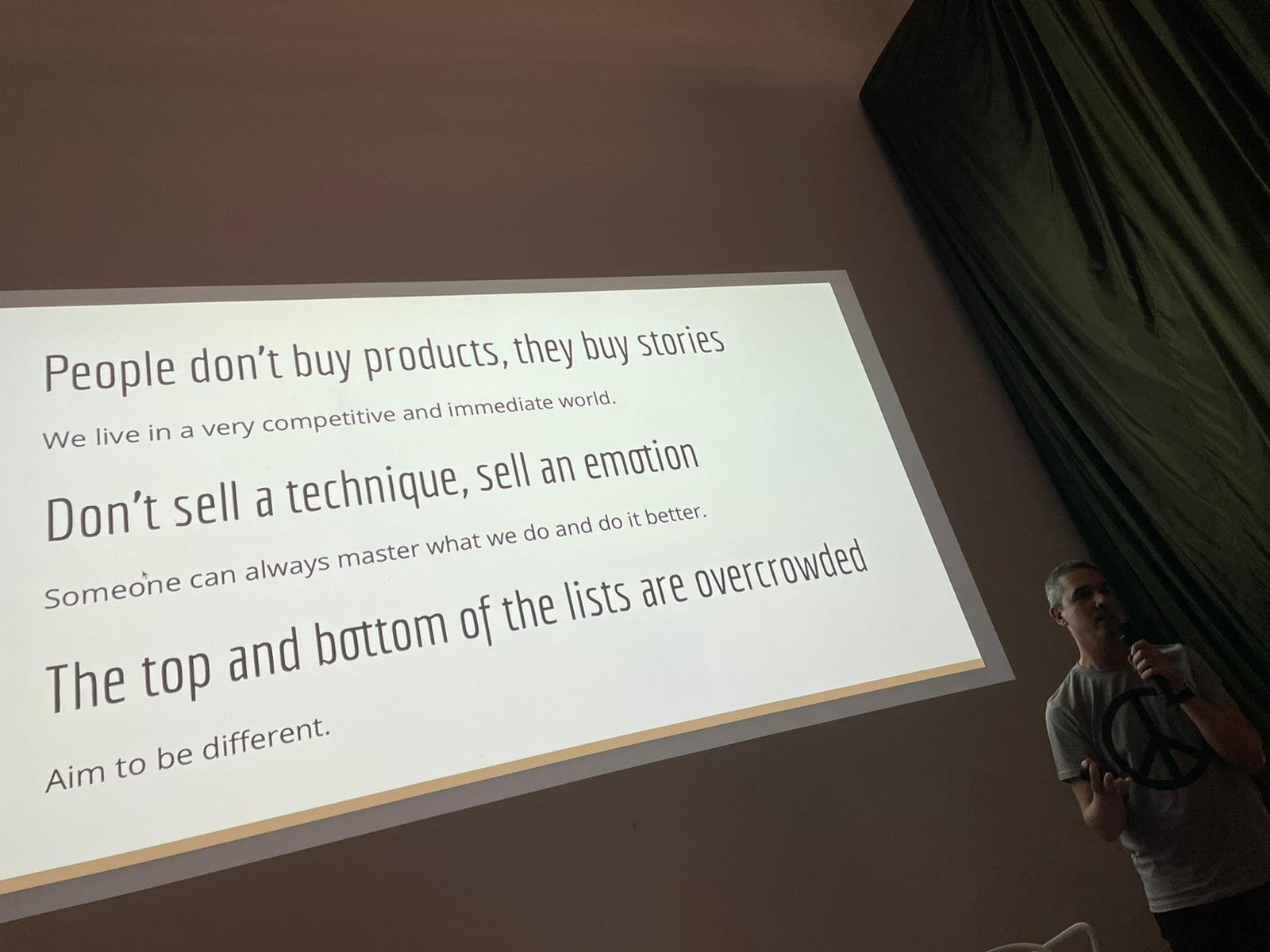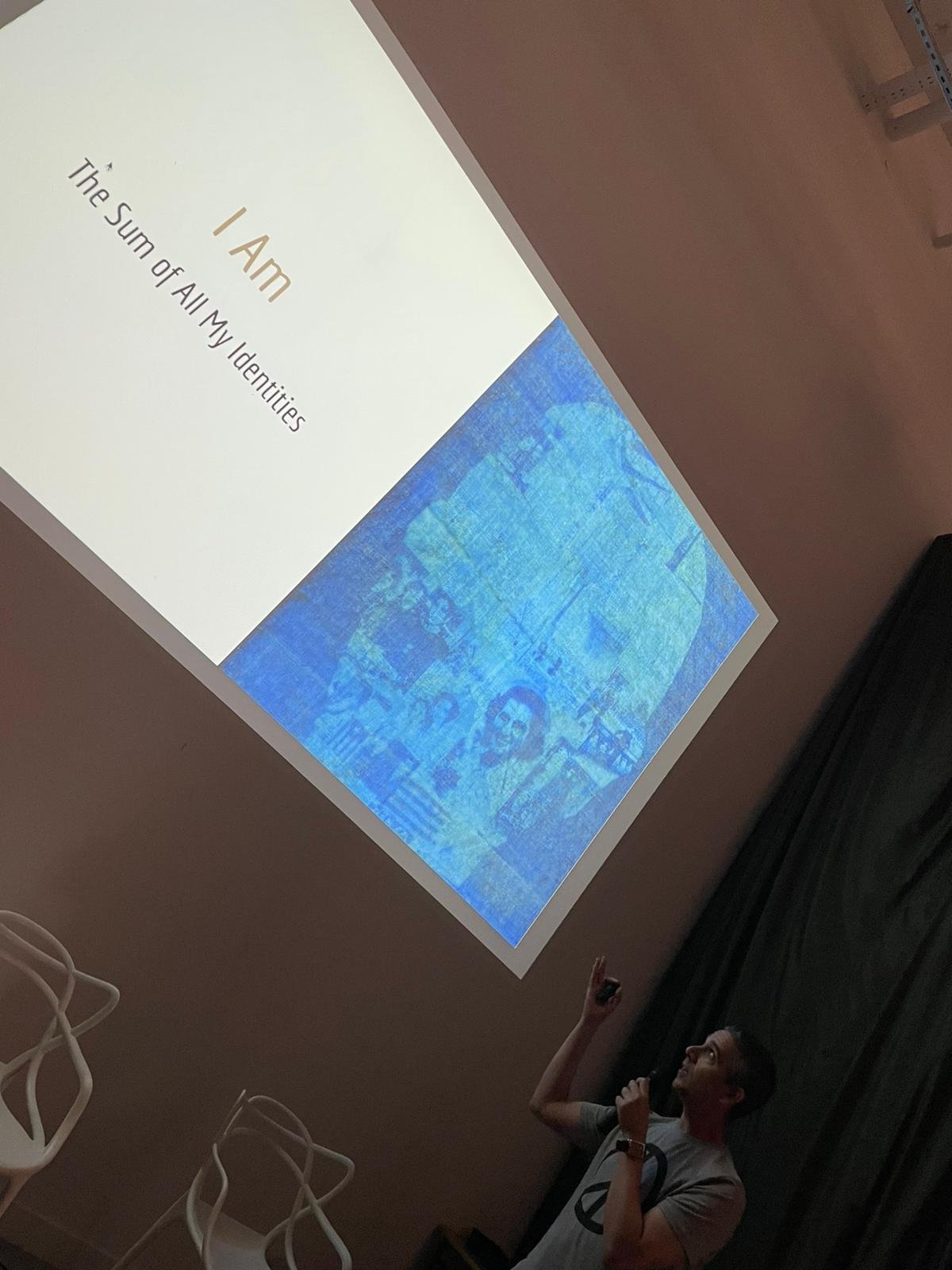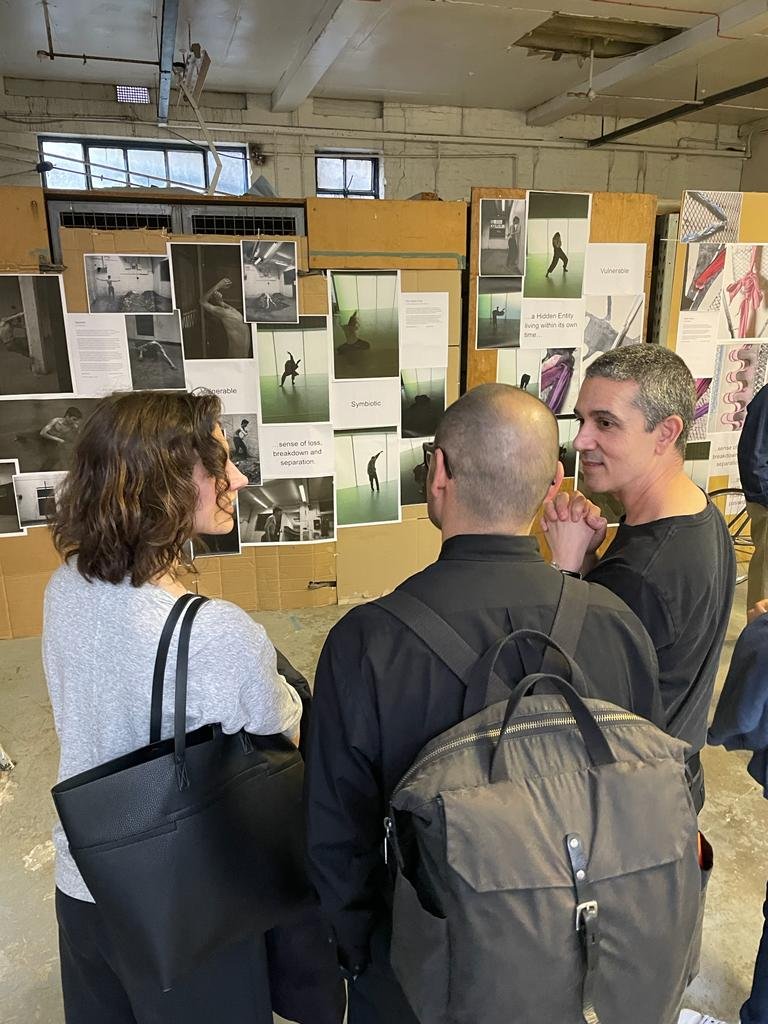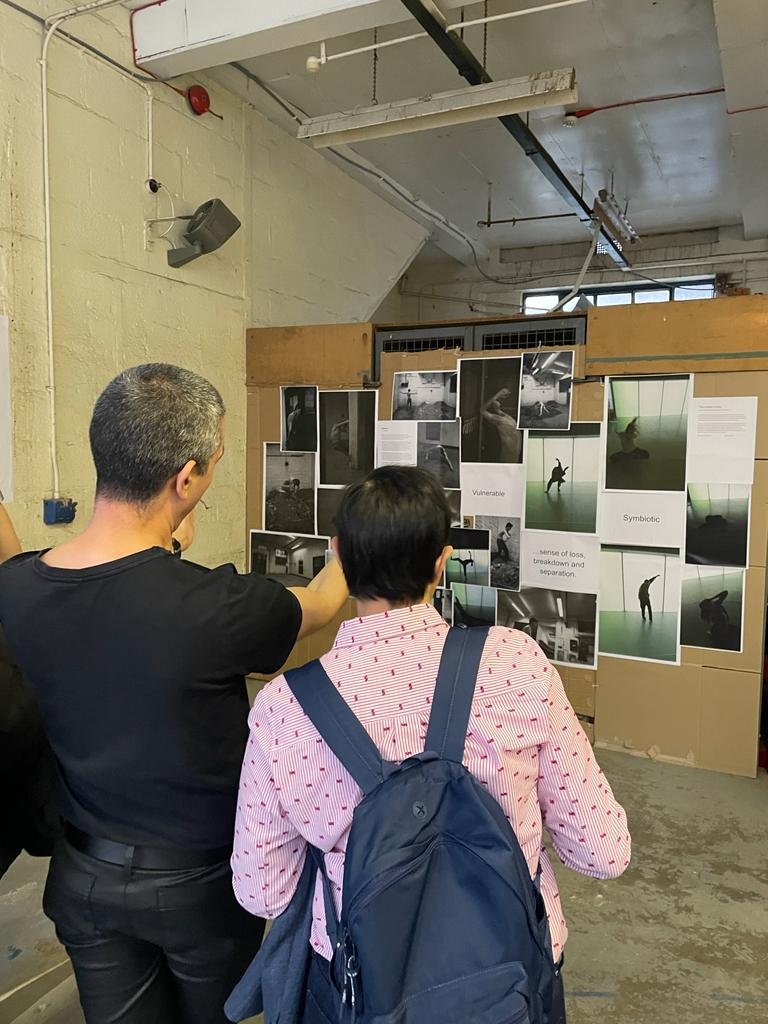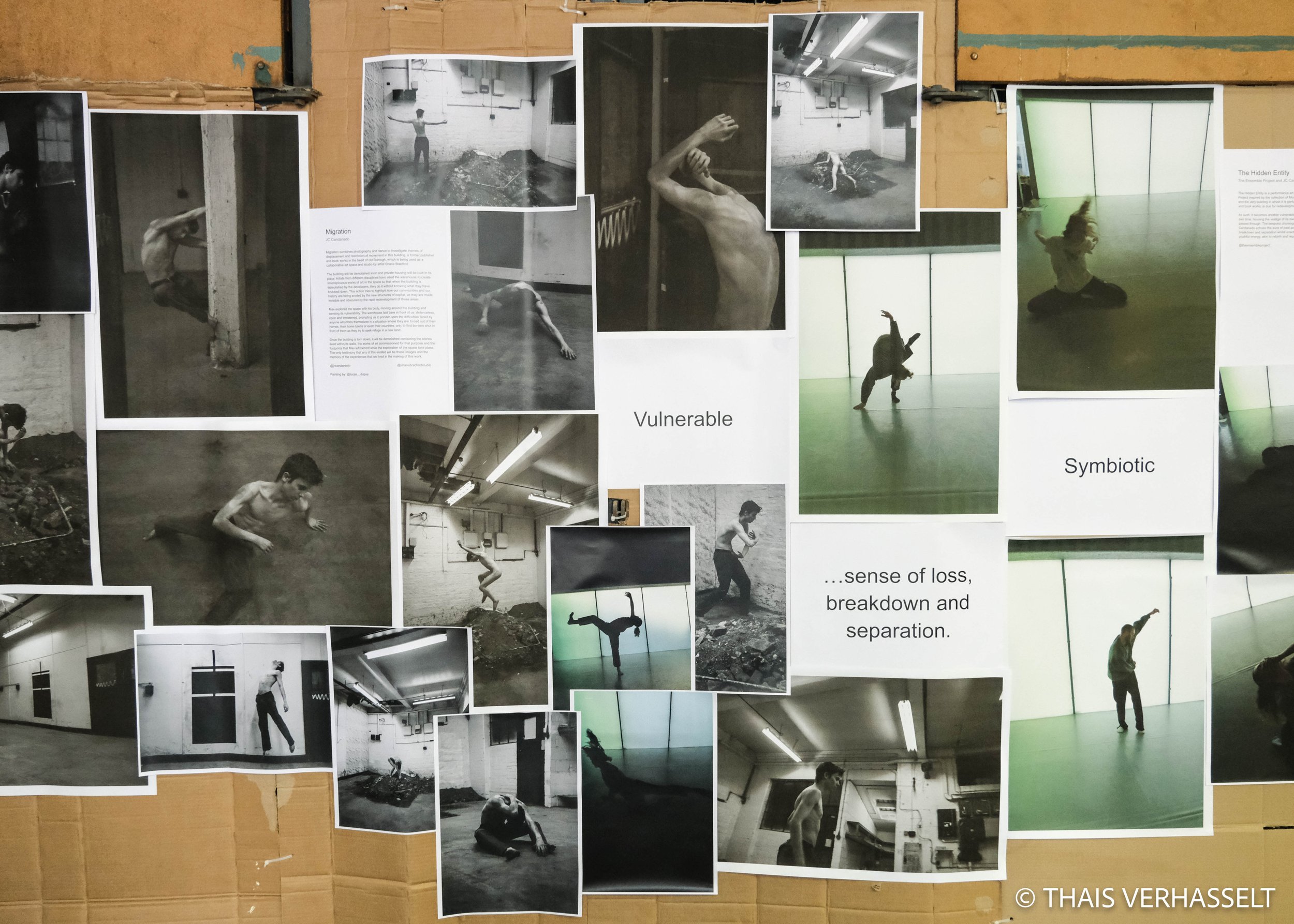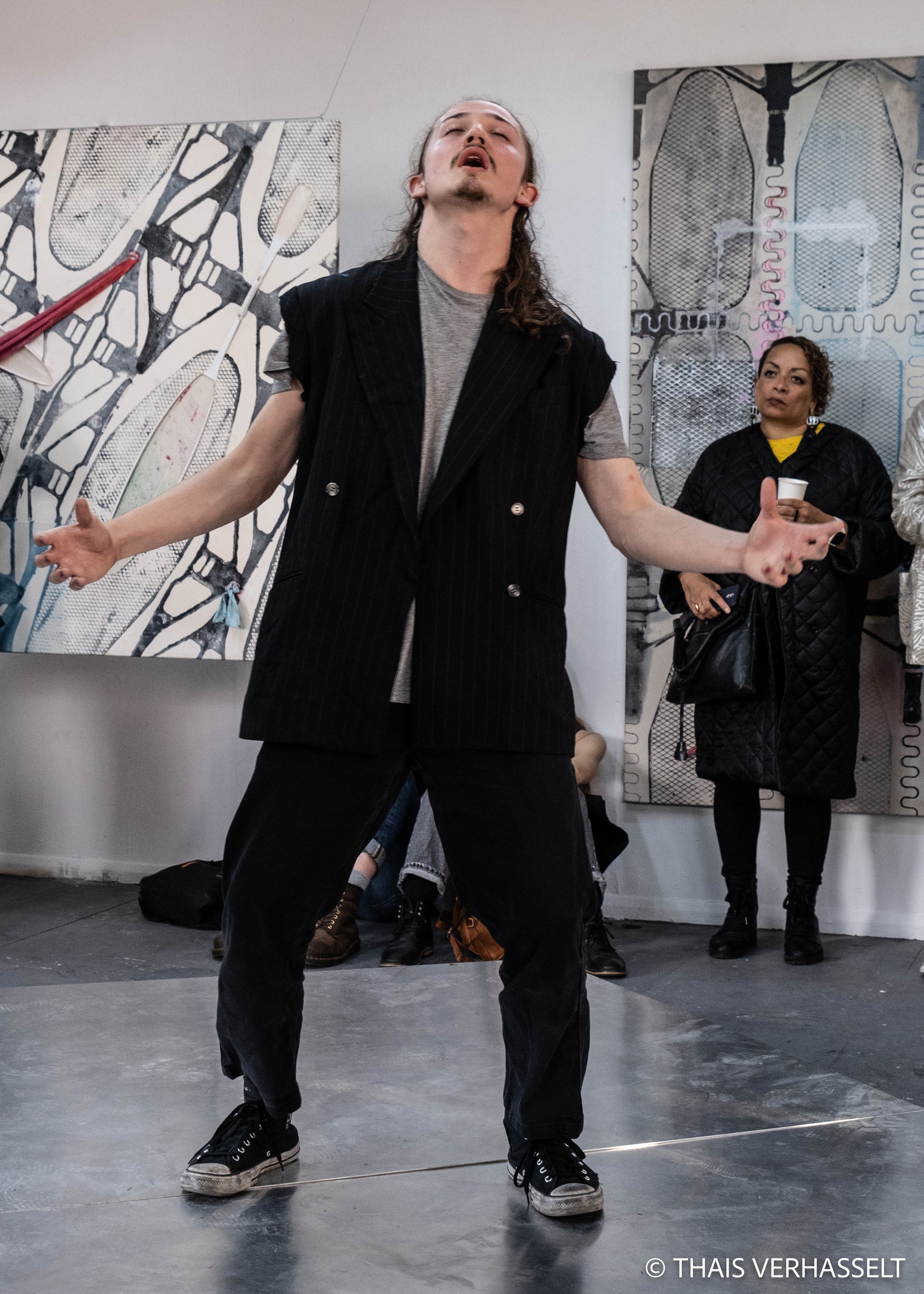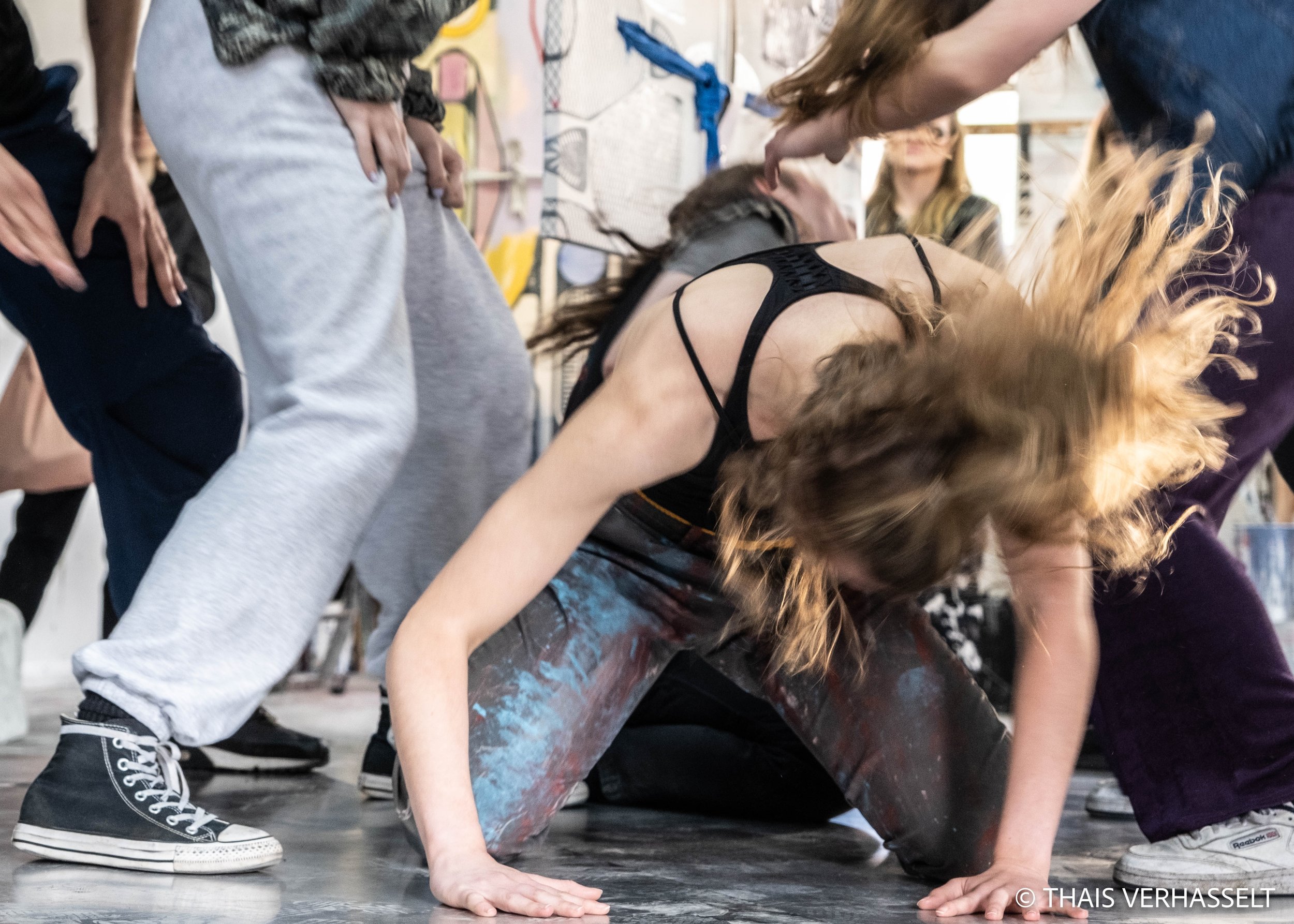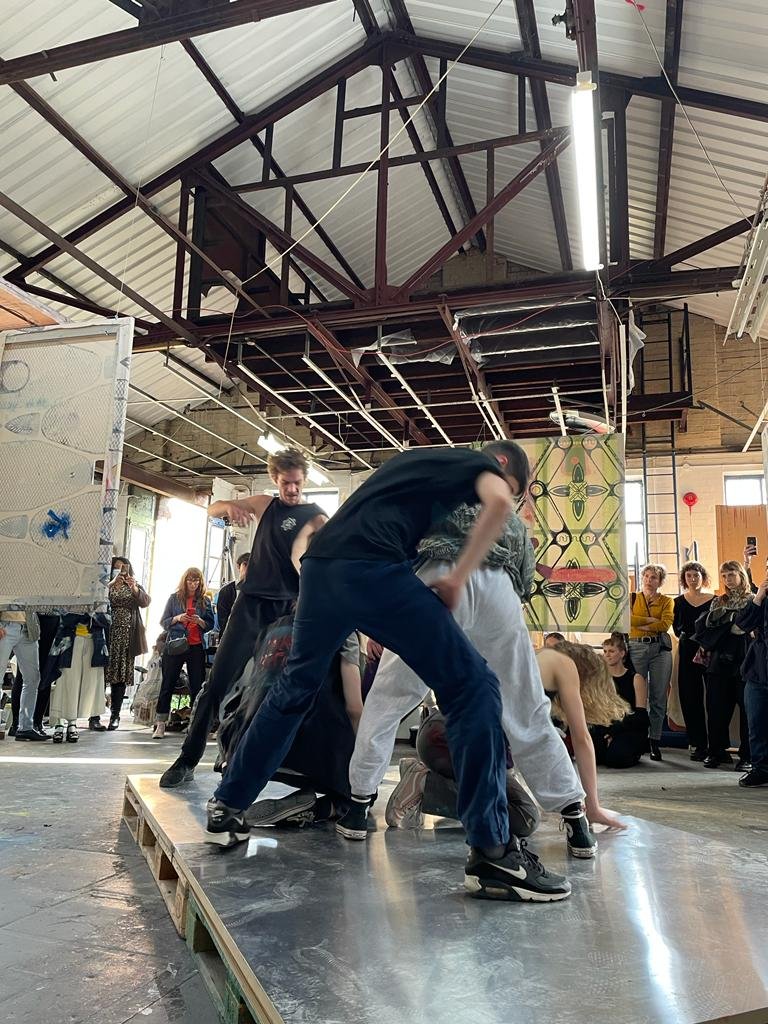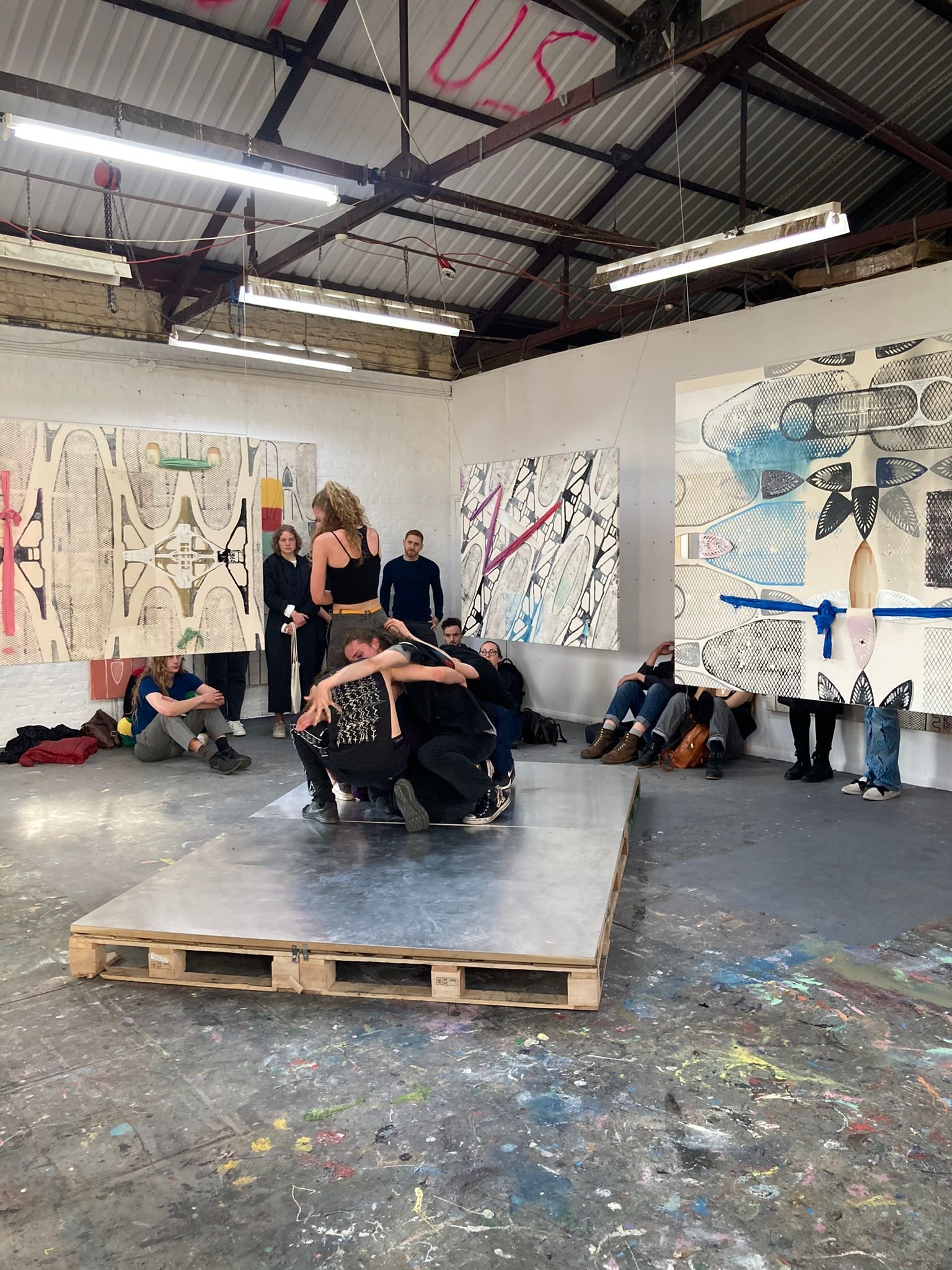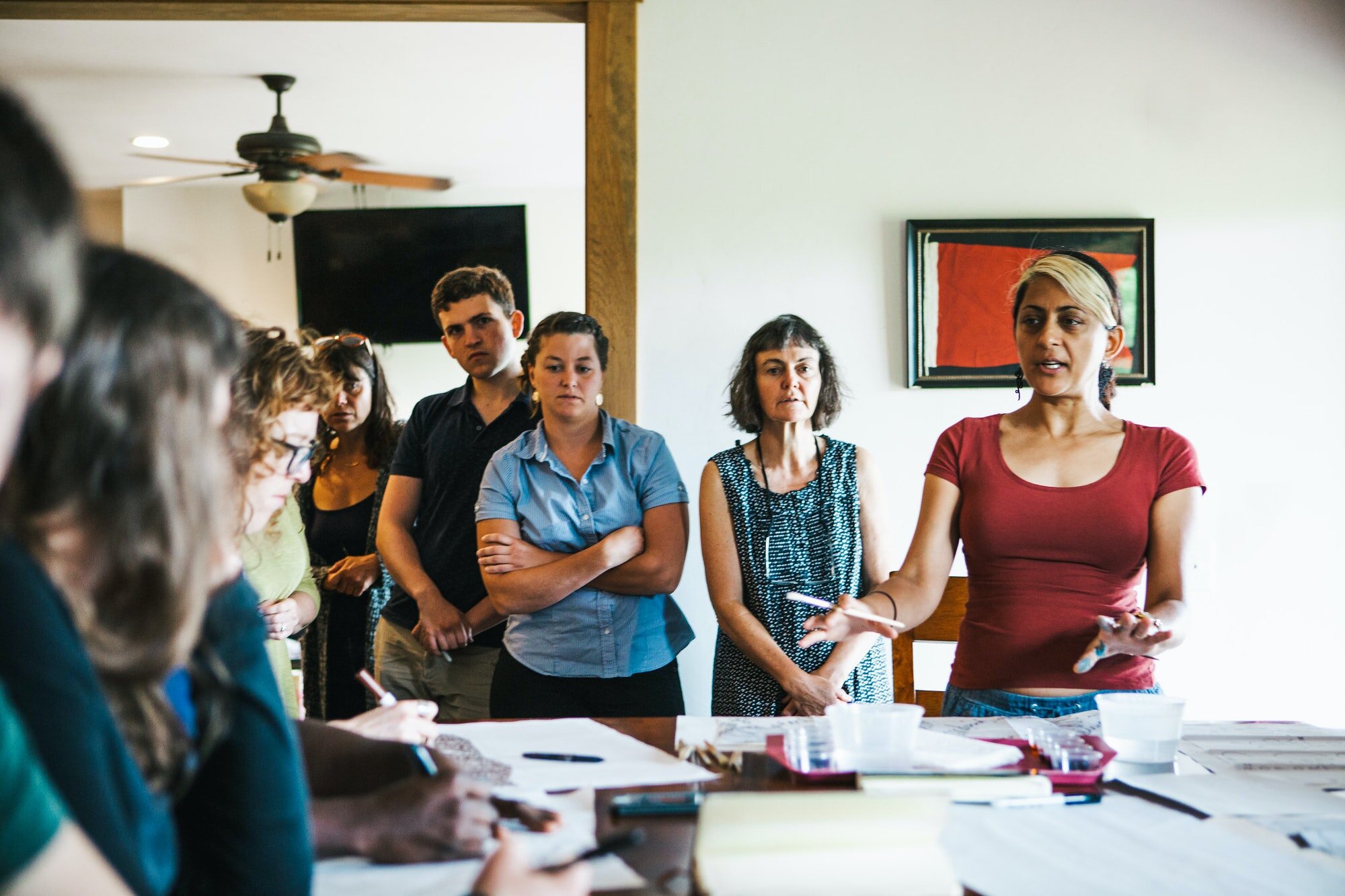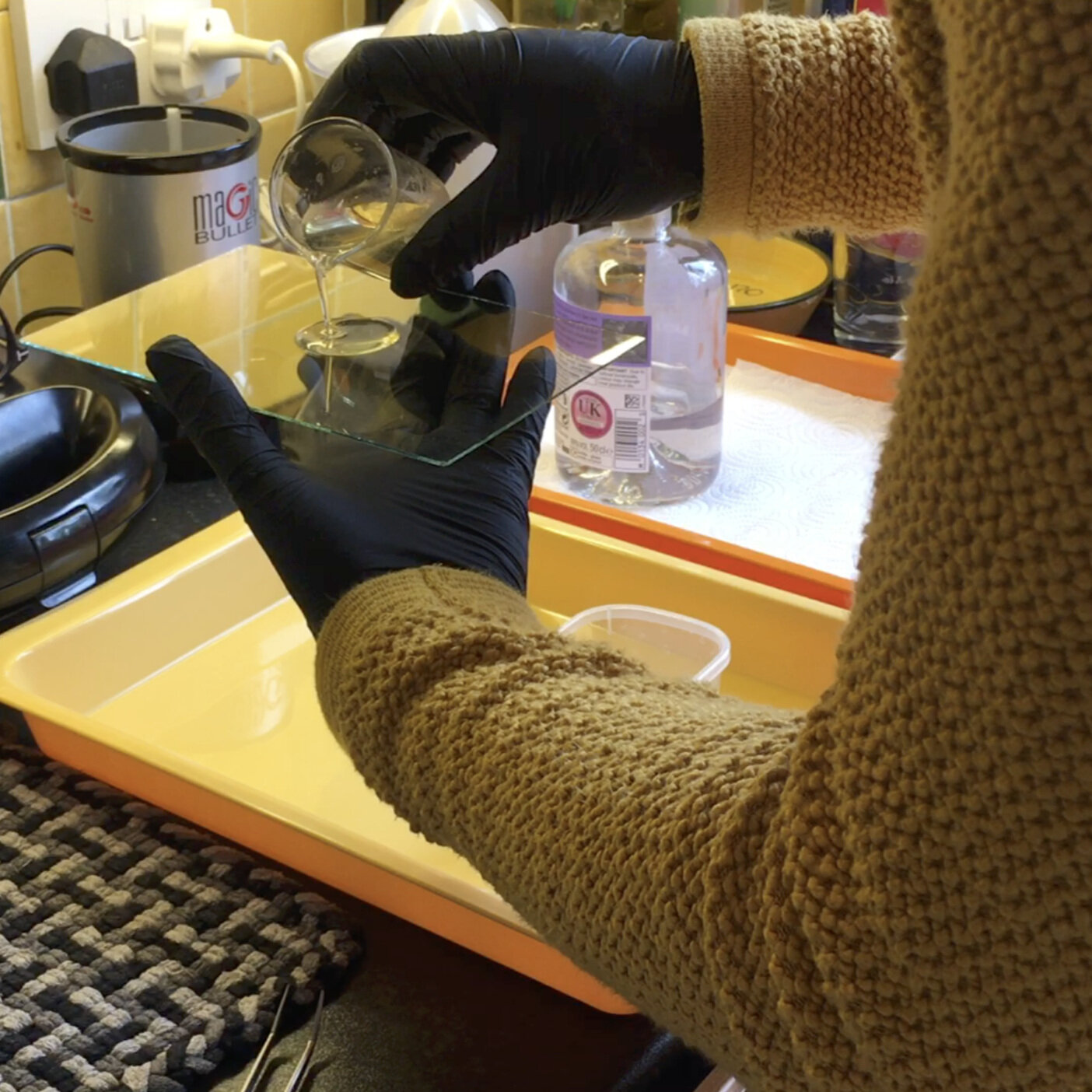In November last year, I moderated a panel discussion with photographers and filmmakers of all levels and backgrounds in support of the Aldridge Foundation. The panellists discussed what it means to work in the Creative Industries in order to inspire young people who want to become creatives. The Aldridge Foundation is a charity that aims to inspire and equip young people with the skills they need to take control of their futures. During the conversation, the advice that was offered the most by the panellists was that creative people have to work hard in building up their self-confidence. Only with confidence in yourself and your work is that you can thrive in this industry. But, in my personal experience and the experience of most creatives that I know, this is easier said than done.
Last week I had two conversations with two very different young persons that made me think of how far I've come in terms of building up my confidence. One of them told me that they were really nervous about an interview but not for the reasons that one might expect. They weren't worried about the skills or work experience part of the interview. What was giving them anxiety were the personal questions. According to them, their life was very uneventful and they had nothing to say about themselves that sounded interesting.
The other conversation was with someone who told me that they didn't know how to meet people in person. Young people these days are so used to having interactions through technology that the thought of having an in-person conversation with another human being can be daunting for some. When I asked if they knew why this was, they said that when they are chatting via any messaging app or when having a videocall conversation they feel at ease. But, as soon as the protection offered by technology is taken out of the equation they feel uncomfortable to the point of not being able to utter a single word.
I remember a time when I was afraid of talking to other people. I thought I didn't have anything interesting to say about myself. Before going to university, my self-image had been built up (more like torn down) by years of psychological abuse by family, neighbours and classmates. I was made believe that I was anti-natural, I was made feel different, I was called a faggot, I was called fat and effeminate, I was told that I spoke weirdly, that I had an accent, that my acne was horrible, that I had an odd shape, that my hips were too wide, my torso too thin, my legs looked like women's legs... and the list could go on. I was a walking mess of insecurities because I let everyone else build the image that I was supposed to have of myself.
And then came university. It was the first time in my life that I was away from familiar surroundings. At university, nobody knew me. It was the perfect opportunity to tell the world who I was with my own voice. Don't get me wrong, my insecurities didn't just vanish. They stayed with me for almost 20 more years. But, what was different was that in every new interaction I was telling my own version of my life story. Not the version that included the image that other people had had of me so far. And that gave me confidence.
How did I go from feeling like the ugly duckling to feeling like a swan? I think it was the realisation that we all have something to offer others, no matter how dull we think our lives are. We might feel like our lives are uneventful because we are the ones living them. But no one else has our background, our families, our experiences, our hobbies, and no one else sees life the way we do.
So, when I started to meet people at university I soon realised that some people were interested in the things that I had to say. Even the simplest of things like what I did during the weekend was completely different to the plans that other people had. Not because I was different or special, but because I was me and they weren't me. My anecdotes weren't interesting to everyone, but those who were interested really wanted to know more. And this gave me more confidence.
At some point, I also learnt the phrase: "We are not gold coins. We can't possibly be liked by everyone". These words freed me from the pressure of trying to please everyone.
Somewhere in here is a lesson for everyone struggling with their confidence, especially for all creatives. Do your thing. Just be yourself. As cliched as it may sound, the more you try to imitate others the less authentic you are and the more difficult it gets to present your work. Your audience will appreciate you and what you do. Finding that audience is difficult, I won't lie to you. But after building your portfolio for some time and getting yourself out there you will start seeing how some people engage with your work more than others. Those are the people that you have to talk to. Those are your people, your audience.
Cultivate them, talk to them. Don't force things, just continue being you because that is what they like. They don't want you to be anything other than who you are. As you grow, you will evolve. And some of those followers will not relate to the evolved version of your work and they will inevitably stop following you. That's ok, it's natural. But those who remain will grow stronger links to your stories and will want to know more.
When we are starting out, we often think that we have to fish the market with a massive net and catch whatever falls in it. But this fishing technique is not sustainable. Not everything that you catch is useful, and with this technique, you might end up hurting the environment because you hurt other species that weren't supposed to be fished out. But, if you put the right bait at the end of a fishing line you will catch just the right type of fish for you.
The more confident you look to others, the more they will want to be with you and the more they will appreciate your work. And it's ok if some people don't like you or what you do. It's their right. The same way that you have the right to not like some people or what they make. Someone not liking you or what you do does not invalidate you or your work. Your work is still valid, you are still valid. You just need to cross paths with those who can appreciate both. And when that happens, your confidence will do the rest.
Photo credit: behind the scenes by Stef Mic.
Do you like what you just read? Consider becoming a patron on patreon.com/jccandanedo where you can learn more about my creative process and the stories behind my images. I’d love to have you as part of my Patreon community.
Subscribe to my weekly blog posts here! You may subscribe to the audio version wherever you get your podcasts.
